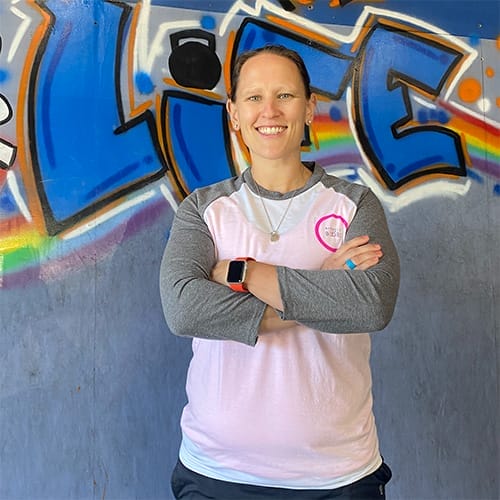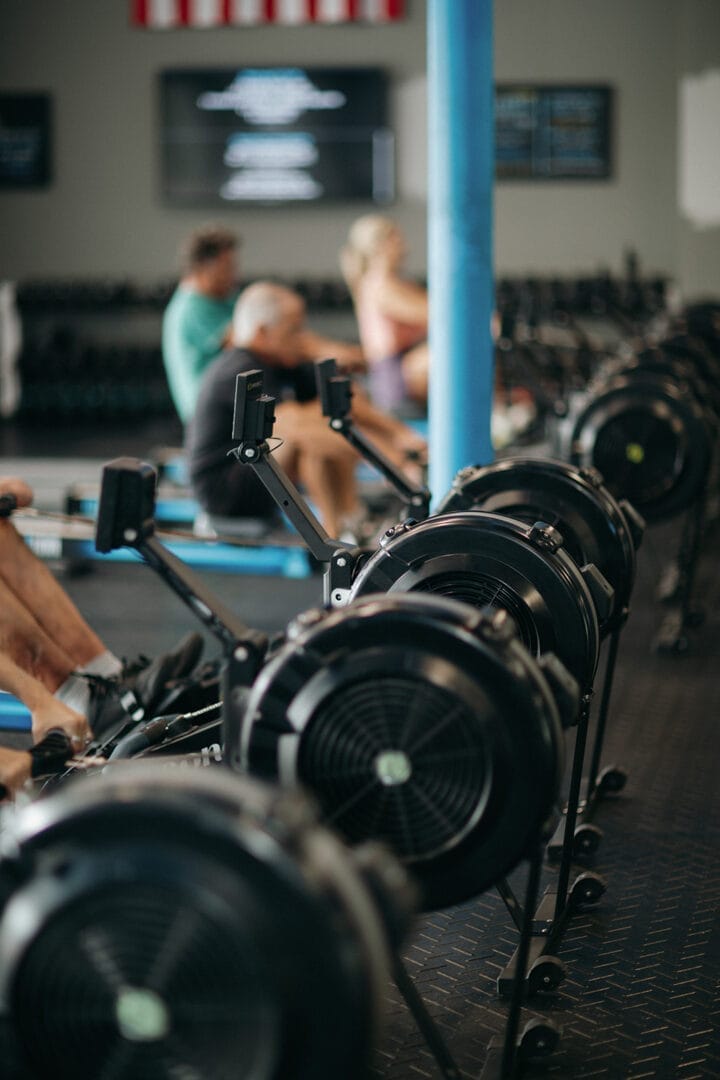It’s still very plain to see that many people assume that speed is king in everything. Think about how quickly we want something to be delivered once we order an online item.
In the fitness industry, we’re often hit with the phrase or notion that intensity is the absolute most important part of a great workout.
While intensities are absolutely important to think about, it’s also massively important to think about the level of intensity that each individual should be doing. It’s a very dangerous and irresponsible thing for us trainers and coaches to paint with a broad brush and say, “high intensity is best.” Luckily at Torque we don’t teach this! We teach about relative intensity.
We can’t just assume that high intensity or SPEED is best. While they are tremendously valuable, sometimes slower is better.
It’s incredibly beneficial for ALL of us to train slower. Let me explain.
High Intensity is King if Mechanics are CONSISTENT, but it doesn’t do you any good if it gets you injured.
If we have two identical individuals (same muscle mass, training experience, stress patterns, sleep/nutrition, etc etc), and one trains at low-medium intensity and the other trains with a higher level of intensity, the person with the higher intensity will get better, faster results. Yup, that’s absolutely true.
Let’s say Person A trains at a 6/10 RPE, and person B trains at a 8-9/10 RPE each day. Person B lifts heavier, person B runs faster, person B pushes themselves harder in every aspect. Person B is (potentially) going to reach a higher level of fitness in a shorter period of time.
But what if Person B’s mechanics aren’t perfect?
Person B is still lifting heavier, running faster, and pushing themselves harder than person A…
But person B is squatting in their toes with an unbraced midline.
Person B is heel striking their runs.
Person B isn’t listening to their bodies signals telling them it needs a break.
In 90 days, person B is sore as hell, fighting nagging injuries, irritable, and no longer making progress. Person B was blinded by intensity to the point of hurting themselves. This is obviously NOT good. Person B needs to slow down, work on their mechanics, and then progress the intensity when the time is right.
Person B might have been training at an 8-9/10 RPE and pushing themselves hard in all facets, but now person B has to bring it back to a 2-3/10 RPE for even longer just so they can heal (or worse, they’ve been injured so badly they can no longer train). I’m not saying person B has completely wasted their time, but the blind pursuit of intensity has caused them NOT to make progress like they think they should.
Let’s go back to Person A.
Whilst Person B was slamming pre workout and getting hyped to push themselves to injury, person A was…
- Paying attention to all of the coaching they were receiving
- Asking questions about things they didn’t understand
- Asking coaches to watch them when they needed reassurance about technique
- Made the CONSCIOUS DECISION to go slower so that they could engrain good muscle memory on their technique
And in 90 days, person A was technically proficient. Squats? Perfect. Midfoot running strikes? No problem. Honoring the intention of the workout based on the coaches notes and their own bodily signs? You betcha. Person A has been making steady technical progress, and building a solid physical and neurological infrastructure so they are not injury prone, nor subject to nagging aches and pains
On day 91, person A decides to bump the RPE from a 6/10 to a 7/10. In 90 days, the 7 moves to an 8, and then they are able to live in the high intensity land that allows them to train hard, stay injury free, and get the results they’ve always wanted.
This is why at Torque, we consider you a “new” person for a minimum of 1 year.
But wait… 90 + 90 + 180, which is almost half a year. Why the extra 6 months?
Because going even slower will yield even better results in the long term. By practicing your patience, [swallowing your ego], and training at the appropriate level, you’re going to set yourself up for success.
In the long game of consistent exercise, we believe it’s far more important for incremental consistency than a flash in the pan of high intensity.
If you’ve been wondering why you might not be making the progress you want to, you need to take a deep look and understand if you are Person A or B, because BOTH of these people could be at fault.
Person B could be at fault because, well, we discussed that above. They’re training too fast and are on the road to injury.
However, Person A could ALSO need tweaks in order to see results. What happens on Day 91 if person A decides that their training intensity is going to stay right where it’s at? Well, they have now reached what we call the period of adaptation. Their body has adapted, and it will no longer see changes/results unless the intensity levels are changed. Sometimes Person A can get a little too comfortable, and that’s why they aren’t seeing their results.
It’s a balancing act, and it requires a lot of introspection and feedback from your coaches. If you’re unsure about which person you are, I think you should email me at amanda@crossfittorque.com and we can set up a goal review session (free of charge). In this session, we’ll chat about your training history, your current training, and what your goals are. From there, we can decide the right course of action.
But even if you don’t want to do that, just remember that Person A is who we want to be, assuming that Person A will adjust their intensity levels when the time is right.
Go slower, and it will actually help you get better.
-Coach Amanda


